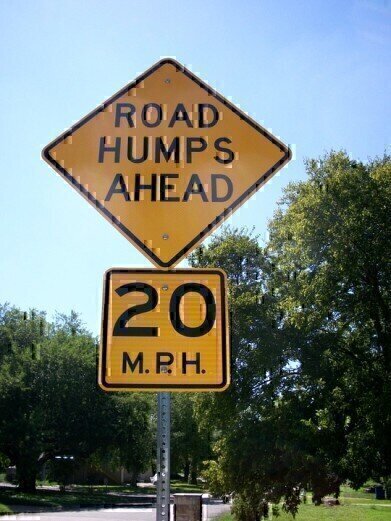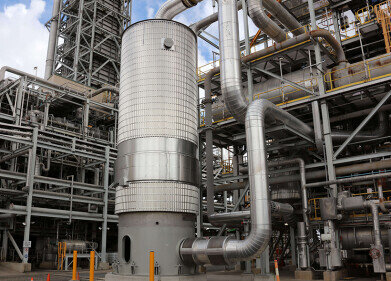Air Clean Up
How Do Speed Bumps Affect Pollution?
Dec 30 2016
A new report has suggested that improperly designed speed bumps could be contributing to pollution. The National Institute for Health and Care Excellence (NICE) has recommended that speed bumps be redesigned to facilitate smoother driving, which would release less carbon and other contaminants into the atmosphere.
At present, the positioning of speed bumps encourages drivers to speed up and slow down between them. These changes in acceleration are responsible for greater emissions and is something that NICE would like the government to tackle.
Hold steady
2016 was a record year for UK traffic, with 320 billion miles travelled by vehicles across the nation. That’s a 1.4% increase from last year, and health experts claim that the soot and nitrogen dioxide (NO2) expelled from car exhausts can exacerbate pollution and compromise public health.
However, smoother driving could reduce these emissions by up to 20%, according to the CEO of the London Sustainability Exchange Samantha Heath, who sat on the board for the NICE report. As a result, NICE recommends that speed bumps be repositioned so that drivers are encouraged to maintain a steady speed between them.
Another option is to replace the bumps with speed tables, which are longer and flatter, raising the whole vehicle off the ground rather than just its wheels. This would prevent drivers from accelerating and decelerating between them, but they are more expensive to install and funds are at a premium.
One of many recommendations
When it comes to air pollution, flexibility is key to solving abatement challenges and the speed bump idea is just one of several recommendations made by NICE. Among others, the body has suggested that councils should consider:
- Imposing a 20mph limit in all residential areas where congestion is a problem
- Prohibiting drivers from keeping their engines on at stop signs or traffic lights outside hospitals and schools
- Increasing the number of electrical charge points for electric vehicles (EVs)
- Teaching smooth driving as standard when it comes to learning how to drive
- Moving the most commonly-used rooms in houses as far as possible away from busy thoroughfares and roads
- Moving cycle lanes away from busier roads
- Planting trees between roadways and cycle lanes to screen pollution from cyclists
NICE is advocating a many-faceted approach in the hope that the cumulative effect of all of these measures will have a significant impact upon the emissions. However, not everyone is convinced.
Too little, too late?
Critics of the report claim that any improvements brought about by the proposed changes will be incremental at best and will not work to seriously tackle the root causes of the problem.
Professor Richard Skellington, a pollution expert at the University of Reading, was particularly vocal in his scepticism about the efficacy of the new measures. “The message of the report seems to me to be ‘every little helps – possibly’,” he said. “The report does reject some ideas, such as street washing, but generally the actions proposed seem likely to make small incremental improvements at best.”
Meanwhile, councils have welcomed the plans in theory but expressed doubts about how they would be financially affordable in practice. “There is a lot we could do if we had the funding but this is a national issue for government too,” explained Councillor Martin Tett. “The reality is we have to pay for this today.”
Events
IWA World Water Congress & Exhibition
Aug 11 2024 Toronto, Canada
Aug 25 2024 Stockholm, Sweden and online
Sep 03 2024 Mexico City, Mexico
Sep 03 2024 Mexico City, Mexico
Sep 03 2024 San Diego, CA, USA














